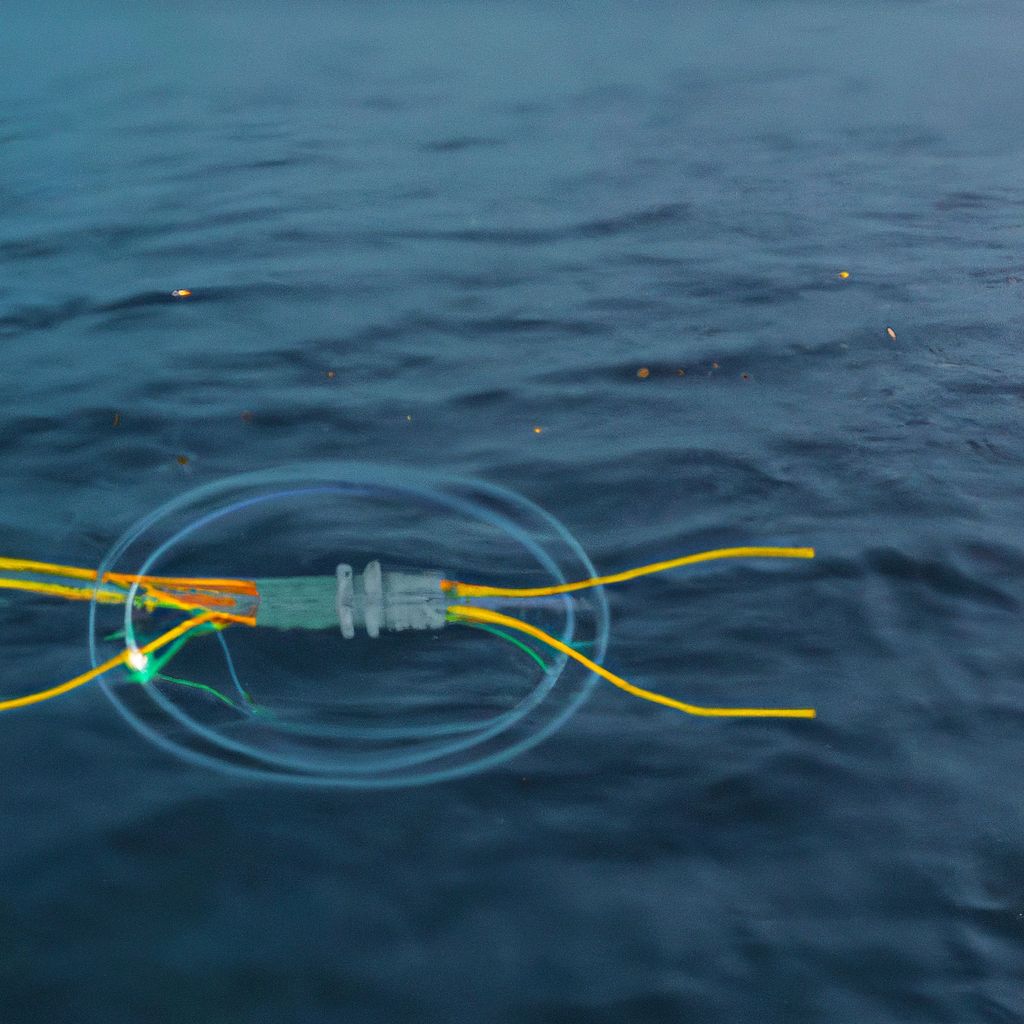Submarine Cables: A Key Component of Undersea Communication Infrastructure
In today’s world, the internet has become an essential part of our daily lives. From social media platforms to online shopping, the internet has revolutionized the way we interact and conduct business. While most of us use the internet on a daily basis, few are aware of the complex infrastructure that makes it all possible – submarine cables. In this article, we will explore how submarine cables work to provide undersea communication, including the technology behind them, their history, and their importance in our global economy.
The Technology Behind Submarine Cables
Submarine cables are essentially fiber optic transmission lines that are laid on the ocean floor to provide high-speed internet connectivity between continents. They are made up of multiple layers, including the cable core, which houses the fiber optic strands, insulation, and protective layers such as armor and sheathing. The fiber optic strands are made up of tiny strands of glass or plastic, which carry digital data in the form of light pulses over long distances.
To ensure the signal’s integrity, the fiber optic strands are typically bundled together in pairs and surrounded by a layer of insulation to protect them from the harsh ocean environment. The cable’s outermost layer includes armor and sheathing, which protect the cable from damage caused by fishing nets, ships’ anchors, and other hazards.
The History of Submarine Cables
The first transatlantic cable was laid in 1858, connecting Europe and North America. This cable, which was made up of copper wire, was not very reliable and broke down frequently. However, it marked the beginning of undersea communication and paved the way for future developments in cable technology.
Over the years, submarine cables have become increasingly sophisticated, with advancements in fiber optic technology allowing for faster speeds and greater bandwidth. Today, there are over 400 submarine cables in operation worldwide, with new cables being laid every year to meet the growing demand for high-speed internet connectivity.
The Importance of Submarine Cables
Submarine cables are a vital component of our global economy, connecting businesses and individuals across the world. They provide high-speed internet connectivity, allowing for real-time communication, data transfer, and e-commerce transactions. Without submarine cables, the internet as we know it would not exist, and our global economy would be severely impacted.
Submarine cables also play a critical role in national security, with many countries relying on them for secure communication between military personnel and government agencies. They are also used for scientific research, such as monitoring ocean currents and weather patterns.
Challenges of Laying Submarine Cables
Laying submarine cables is a complex and expensive process that requires specialized equipment and expertise. The ocean environment presents many challenges, including extreme pressure, corrosive saltwater, and the risk of damage from fishing nets and anchors. Additionally, laying cables in deep water requires specialized ships and equipment, which can be costly.
Once the cables are laid, they require regular maintenance to ensure their integrity and reliability. This maintenance can be challenging, as the cables are often located in remote locations and can be difficult to access.
Conclusion
Submarine cables are a critical component of our global economy, allowing for high-speed internet connectivity and undersea communication between continents. They are made up of sophisticated fiber optic technology and have a long history dating back to the 19th century. While laying and maintaining these cables is a challenging and expensive process, their importance cannot be overstated, and they will continue to play a vital role in our interconnected world for many years to come.







